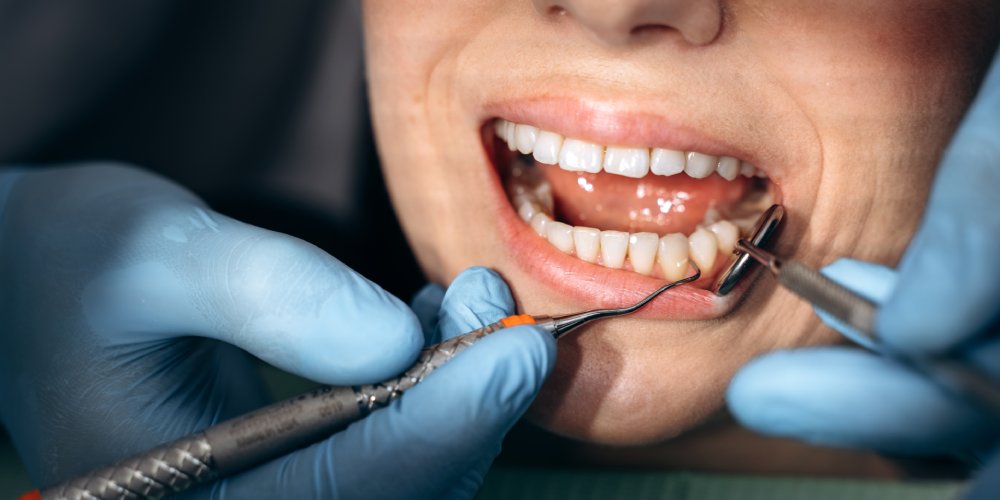Root Planing

Root Planing is a highly effective treatment used to combat gum disease by removing plaque, tartar, and bacteria that have accumulated below the gum line. This deep cleaning procedure helps stop the progression of periodontal disease and promotes the reattachment of healthy gum tissue to the tooth roots.
Over time, bacteria can cause the gums to pull away from the teeth, creating pockets where infection can develop. During a root cleaning procedure, the dentist or hygienist will carefully clean these areas beneath the gum line and smooth the root surfaces. This helps eliminate bacteria and prevents future buildup, allowing your gums to heal and tighten around the teeth.
Is Root Planing painful?
Root planing is generally well-tolerated, especially with the use of local anesthesia to numb the area. You may experience slight tenderness or sensitivity afterward, but this discomfort usually subsides within a few days. Following your dentist’s aftercare instructions will help ensure a smooth recovery.
When do you need Root Planing?
Scaling and root planing is recommended when gum disease (periodontitis) is present and regular cleanings are no longer sufficient to maintain gum health. You may need a root planing if you experience:
- Bleeding or swollen gums
- Receding gums or deep pockets around teeth
- Persistent bad breath
- Loose or shifting teeth
- Heavy tartar buildup below the gum line
Root planing is often completed over one or two visits, depending on the severity of gum disease. Regular follow-up cleanings and good oral hygiene are essential to prevent the return of infection and maintain long-term gum health.
Because of the precision required in cleaning below the gum line, this treatment is best performed by an experienced dental professional. In some advanced cases, referral to a periodontist (gum specialist) in Winchester may be necessary.










